Free Trade Zone - FTZ: Expectations from pilot model to economic driving force
On June 26, 2024, the National Assembly passed Resolution 136 on the organization of urban government and piloting special mechanisms and policies for the development of Da Nang city, including content related to the Da Nang Free Trade Zone.
One year later, on June 27, 2025, the National Assembly passed Resolution 226 on piloting a number of specific mechanisms and policies for the development of Hai Phong city, thereby agreeing to establish the Hai Phong Free Trade Zone with many unique and outstanding policies.
Prime Minister Pham Minh Chinh directed: "We must concentrate highly, lead and direct the effective implementation of the Party's policies, the Resolutions of the National Assembly, the Government, and the Prime Minister's decisions with the highest possible efficiency. Implement the major contents well. One is to urgently perfect the organizational apparatus, arrange cadres on par with the tasks assigned in the Resolutions of the Party, in the Resolutions of the National Assembly and the Government, and the Prime Minister's decisions. The second thing is to be confident, courageous, dare to think and dare to do, continue to innovate, be creative, self-reliant, and self-reliant from our own internal strength, maximizing potentials, differences, outstanding opportunities, and competitive advantages. The third is to focus on the existing policy mechanisms, the issue of how to organize the implementation of these policy mechanisms to have resources, specifically here are State resources, non-State resources, domestic resources, foreign resources, human resources, financial resources, and facilities. quality, institutions, technology transfer, smart governance".
Vietnam will officially have its first Free Trade Zone this year. After three months of vigorously implementing Resolution 226 of the National Assembly, the leaders of Hai Phong City agreed to launch the Free Trade Zone this year, and the decision to establish it may even be made next month.
It is likely that in just a few weeks, Vietnam will officially have a Free Trade Zone - (also known as FTZ - Free Trade Zone). According to the proposal of the Hai Phong City Party Committee, the proposed Hai Phong Free Trade Zone has an area of about 6,292 hectares. The expected location of the Free Trade Zone in Hai Phong is distributed in 3 non-contiguous locations, located in the Southern Hai Phong Coastal Economic Zone and Dinh Vu - Cat Hai Economic Zone.
With the nature of a comprehensive free trade zone, Hai Phong Free Trade Zone will have functional areas including production areas; port and port logistics areas; trade and service areas and other types of functional areas according to the provisions of law.
To be flexible in space and connect suitable infrastructure for a variety of investors, Hai Phong Free Trade Zone is distributed in 3 non-contiguous locations, located in the Southern Hai Phong Coastal Economic Zone and Dinh Vu - Cat Hai Economic Zone. Location 1 is expected to be 2,923 hectares within the Southern Hai Phong Coastal Economic Zone. Location 2 has an area of about 1,077 hectares within the Dinh Vu - Cat Hai Economic Zone, including the Nam Dinh Vu Industrial Park and the duty-free zone here. Location 3 is within the Dinh Vu - Cat Hai Economic Zone but belongs to Cat Hai Island, Cat Hai Special Zone, with an area of about 2,292 hectares.
Ms. Tran Thi Hai Yen - Deputy Director of the Department of Finance, Hai Phong City said: "In 41 outstanding policies on investment, services, and trade, it is like a door that is wide open. Post-inspection control and procedure settlement must be ensured. When entering, it is also very open."
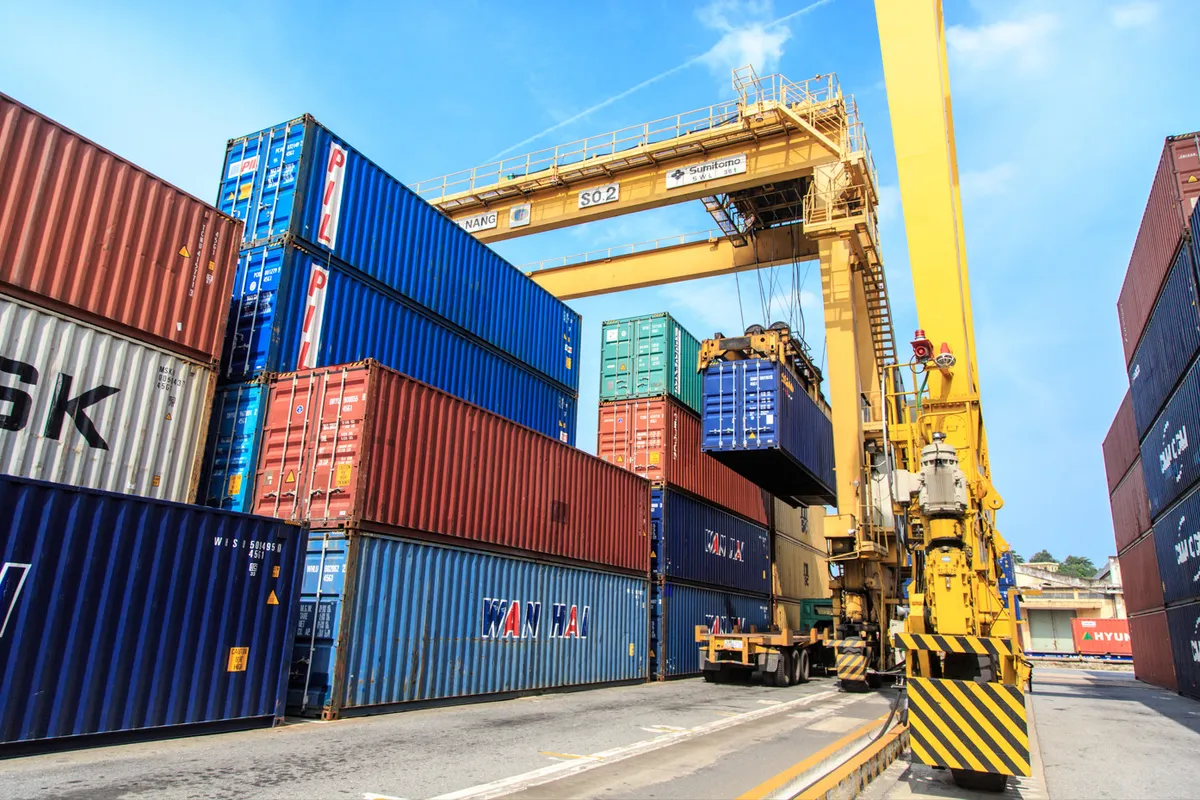
Hai Phong and Da Nang are quite ready for pilot operation of the Free Trade Zone model.
Accelerate the establishment of Free Trade Zones
It can be seen that the demarcation and marker planting - an important part of the work has just been completed in Hai Phong with a total area of over 6,200 hectares divided into 3 areas. Da Nang completed it a long time ago with a scale of over 1,800 hectares. Both localities apply a 10% corporate income tax for 15 years for most projects, with a 4-year exemption mechanism and a 50% reduction in the next 9 years. Both localities apply a duty-free zone mechanism, exempting import tax on manufactured goods for re-export...
Hai Phong also adds a series of "attractive" incentives such as visa exemption, 10-year temporary residence card. Research and development (R&D) costs are deducted by 200%, foreign currency payments, and customs procedures are prioritized. Exemption from all land and water surface rents during the entire lease term and a 50% reduction in corporate income tax for 10 years for experts and high-quality workers. Da Nang mainly has advantages in customs procedures, priority and simplification of procedures for establishing foreign enterprises.
Both models are expected to be “policy laboratories” for Vietnam. This outstanding incentive package attracts investment but also requires a transparent and stable legal framework to avoid legal loopholes and ensure budget efficiency.
Hai Phong and Da Nang are quite ready for the pilot operation of the Free Trade Zone model. Management agencies, functional forces and businesses have also made initial preparations.
At Dinh Vu - Cat Hai Economic Zone, Hai Phong, it only takes a few seconds for a container to pass through the automatic gate. Not only applying high technology in operation and management, but also different from a duty-free zone which is basically an open area in terms of customs and tax activities, a true Free Trade Zone must simultaneously ensure: fast flow of goods, tight control and incentives attractive enough to retain investors.
Ms. Tran Thi Hai Yen - Deputy Director of the Department of Finance, Hai Phong City shared: "Current administrative procedures have been reduced by 50%. We have issued internal procedures, ISO-ized, electronic ISO-ized those procedures and the time is only 50%. At the same time, the Government issued Resolutions, the City has specific programs, actions for each department and branch have specific plans. Along with that, we implemented Resolution 226 on superior mechanisms, I think, all of those are ideal conditions".
To provide flexible space and connect suitable infrastructure for a variety of investors, Hai Phong Free Trade Zone is distributed in 3 non-contiguous locations in the Southern Hai Phong Coastal Economic Zone and Dinh Vu - Cat Hai Economic Zone. Many investors have actively participated in preparations to accelerate the realization of this highly anticipated model.
Mr. Nguyen Vinh Hau - General Director of Lach Huyen International Deepwater Port Industrial Park and Logistics Joint Stock Company, Hai Phong City, commented: "Our company is implementing the first phase of leveling, with a scale of 230 hectares and strives to complete the entire site by mid-2026. Currently, we have secondary investors investing in the area. We will combine to create a complex of Free Trade Zone, logistics and industrial seaport, applying a number of successful models".
According to experts, because there is no precedent in Vietnam, the pioneering role of localities assigned to pilot this model will be demonstrated in providing a suitable, optimal and sustainable legal framework.
The wharf’s 18-meter depth allows giant 200,000-ton ships to dock. But to anchor global corporations and become an important link in the international logistics chain, Hai Phong needs a commensurate “institutional depth.”
A transparent and stable "institutional depth" will be a prerequisite for the Free Trade Zone to not only be a tax incentive zone or a special service zone but will become a new growth engine for Vietnam.
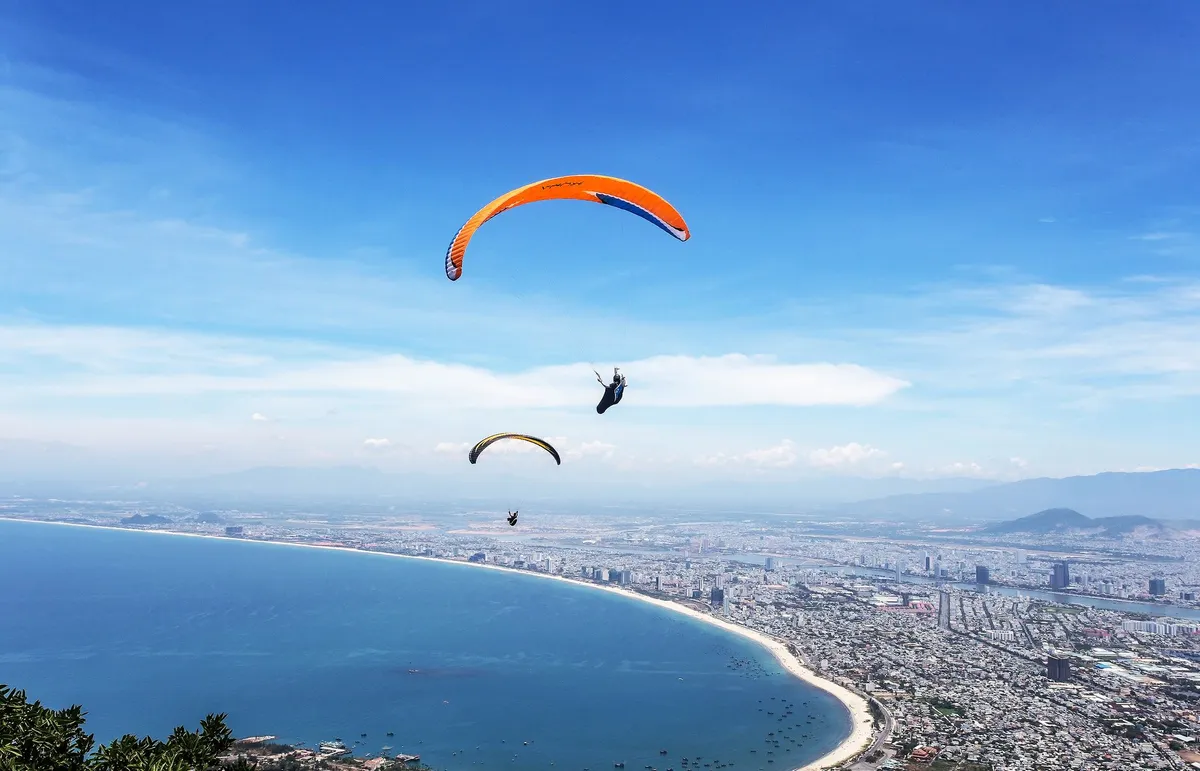
Accelerate the establishment of Free Trade Zones
Opportunity for Da Nang to reach out to the ocean
Da Nang Free Trade Zone has an area of 1,881 hectares, divided into 7 sub-zones, associated with many functions: logistics, production, trade - services, digital technology, information technology and innovation. This is not only an infrastructure project, but also a place where goods, capital and technology are freely circulated with outstanding incentives.
Mr. Tran Chi Cuong - Vice Chairman of Da Nang City People's Committee said: "With some initial discussions, there are still some issues in our policy mechanism to ensure a bigger breakthrough, stronger in competitiveness and future formation".
At the end of August, the first item in subdivision 5 of the Da Nang Free Trade Zone officially started with a scale of 90 hectares right at the foot of Ba Na Mountain. What is worth mentioning is the way Da Nang is implementing both the free trade zone and the Financial Center in parallel. One side creates a flow of goods and services, the other side ensures capital flow and liquidity. This mutual support is what really creates international competitiveness for Da Nang.
Associate Professor Dr. Dang Tung Lam - Editor-in-Chief of the Journal of Economic Sciences, University of Economics, University of Danang commented: "If the free trade zone imagines that there is no financial center, it will be difficult to access financial services as well as access capital. Now there is a financial center that will support it."
Associate Professor Dr. Ho Tan Sang - Former Head of the Department of Political Science, Regional Political Academy III, expressed his opinion: "Forming a free trade zone will be a premise and condition to create necessary infrastructure and necessary environment."
Da Nang is following a bold path. Whether it succeeds or not will depend on how these two pillars of trade and finance interact. That expectation is being materialized by the decisive steps of the City's leaders.
Mr. Luong Nguyen Minh Triet - Secretary of the Da Nang City Party Committee said: "Certainly, the staff will have to be more proactive, more determined and more willing to learn to equip themselves with knowledge and work skills in the context of each person's workload increasing, requiring higher requirements."
Da Nang is affirming its determination to break through and realize its aspirations for transformation. At the same time, it also sets new requirements for institutions and a transparent and professional legal framework for the new period.
Need to soon complete the legal framework for FTZ
A transparent and appropriate legal framework is clearly one of the biggest requirements that needs to be completed soon to put the Free Trade Zone model into operation. In other words, a professional set of rules is needed for this model.
With dozens of outstanding policies on investment, services, and trade, the Free Trade Zones in Hai Phong and Da Nang will be an open door for all investors. However, an open business environment means having a strict and civilized legal system… And this is an issue that needs to be prioritized before the FTZs officially operate.
As a prerequisite, the development of a suitable legal framework for the Free Trade Zone - an unprecedented model in Vietnam - is the biggest challenge for management agencies at this time.
Ms. Tran Thi Hai Yen - Deputy Director of the Department of Finance, Hai Phong City commented: "There has never been such a model and there are no available legal corridors to approve free trade zones. It is completely different from economic zones and industrial parks. Some Decrees and laws have been adjusted, but the Government, Ministries and branches are actively working on some Decrees to adjust the current Decrees."
The list of special incentives of the Free Trade Zone, in the end, is also the open legal corridors to support investors, the "rules of the game" on a special playground. These are the legal procedures for establishing businesses, for foreign workers, tax incentives approaching international standards... Enterprises especially appreciate and expect a lot from this legal zone.
Mr. Nguyen Vinh Hau - General Director of Lach Huyen International Deepwater Port Industrial Park and Logistics Joint Stock Company, Hai Phong City commented: "The special policy that the Hai Phong City Free Trade Zone was allowed by the National Assembly to pilot has very large incentives, perhaps the best incentives in Vietnam today. Such incentives are very strong, hopefully it will promote investment attraction in the free trade zone in general and in our Lach Huyen duty-free industrial park project in particular."
Mr. Mai Cong Ho - General Director of Saigon - Danang Investment Joint Stock Company, SGI Investment Group said: "The free trade zone has many incentives, such as tax incentives, procedural incentives, especially mechanisms, which are very fast and focused".
The resolution is there. The infrastructure is there. The businesses are ready. The legal framework for the Free Trade Zone - if timely, clear and consistent - will be the final bridge to turn Lach Huyen into the new regional transit hub.
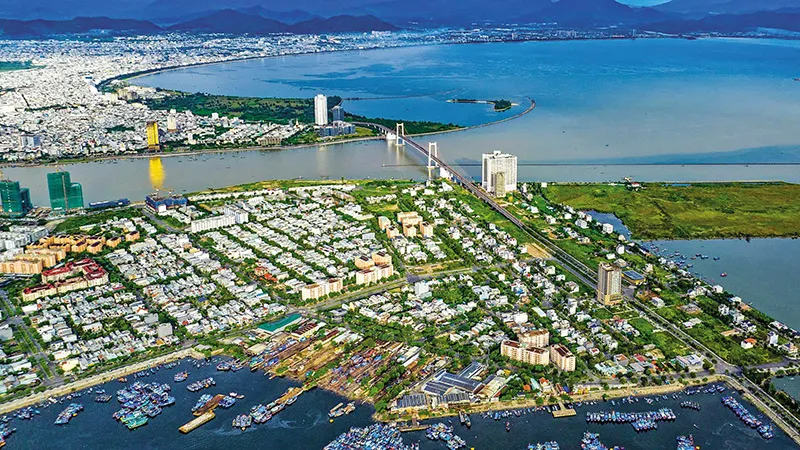
More than just tax incentive zones, Free Trade Zone models are increasingly becoming strategic tools for many countries.
Free trade zone models in the world
More than just tax-incentive zones, Free Trade Zone models are increasingly becoming strategic tools for many countries to promote reform and improve competitiveness. From China, Singapore to ASEAN countries, each country has its own approach, but they all aim at the same goal: turning Free Trade Zones into a new driving force for development.
In China, the Shanghai Free Trade Zone pioneered the use of a “restricted investment list” instead of a licensing mechanism. Shanghai’s success has been replicated with 77 reforms nationwide. Meanwhile, Hainan Island is building a free trade port model, with a roadmap to close customs across the island by the end of 2025 and a conditional “zero tariff” policy, with a strong focus on finance and services.
Malaysia, on the other hand, has adopted a tiered approach. Free industrial zones are primarily for export production, while free trade zones are linked to ports and airports and focus on logistics. The government maintains policy discipline by requiring high export ratios, limiting the exploitation of incentives without creating value addition.
In Thailand, the Eastern Economic Corridor (EEC) shows that FTZs can become a strategic springboard for key industries. With tax incentives of up to eight years, 100% foreign ownership and fast-track visa procedures for experts, the EEC has become a hub for investment in the electric vehicle and electronics sectors.
Indonesia has Batam FTZ with no import duties and VAT, and simple administrative procedures. This large-scale policy creates a strong pull effect, but at the same time poses management challenges, requiring a solid legal framework to maintain sustainability.
Source: https://vtv.vn/khu-thuong-mai-tu-do-viec-moi-kho-nhung-phai-lam-10025092720360557.htm


![[Photo] Opening of the 13th Conference of the 13th Party Central Committee](https://vphoto.vietnam.vn/thumb/1200x675/vietnam/resource/IMAGE/2025/10/6/d4b269e6c4b64696af775925cb608560)

![[Photo] Prime Minister Pham Minh Chinh chairs the Government's online conference with localities](https://vphoto.vietnam.vn/thumb/1200x675/vietnam/resource/IMAGE/2025/10/5/264793cfb4404c63a701d235ff43e1bd)
![[Photo] Prime Minister Pham Minh Chinh launched a peak emulation campaign to achieve achievements in celebration of the 14th National Party Congress](https://vphoto.vietnam.vn/thumb/1200x675/vietnam/resource/IMAGE/2025/10/5/8869ec5cdbc740f58fbf2ae73f065076)


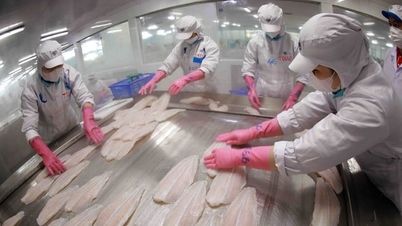

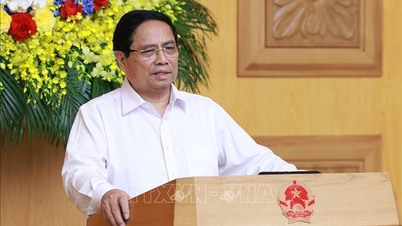

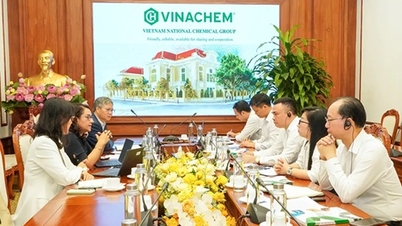

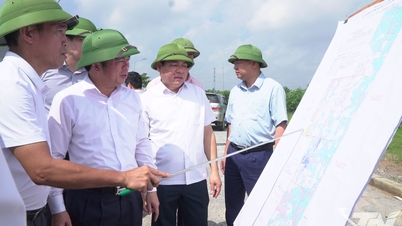

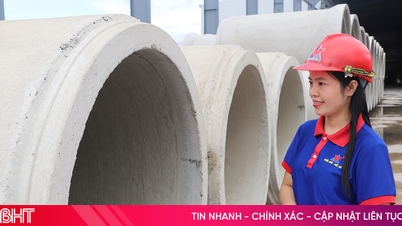


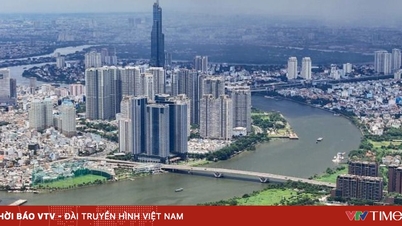
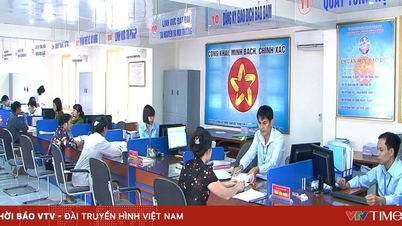
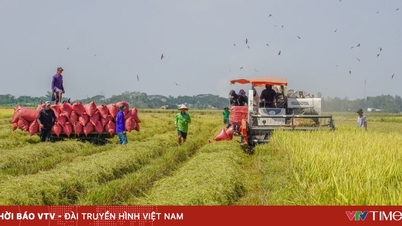
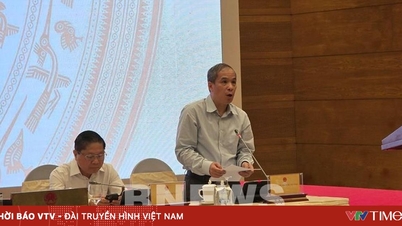
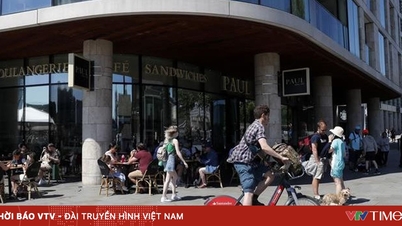






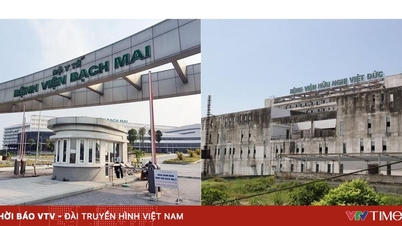

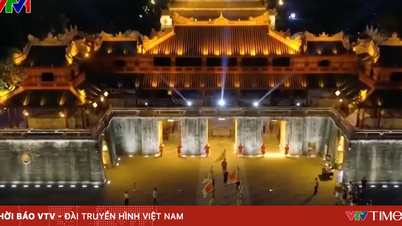
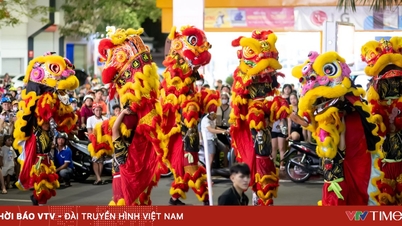
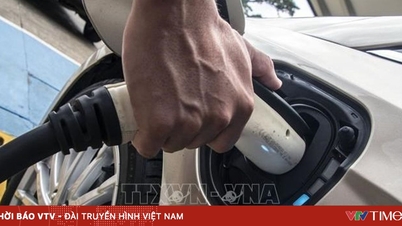





























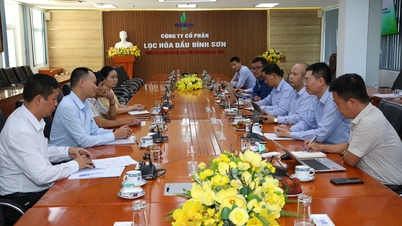


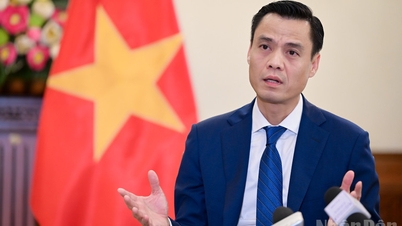
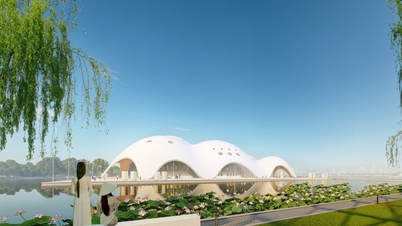
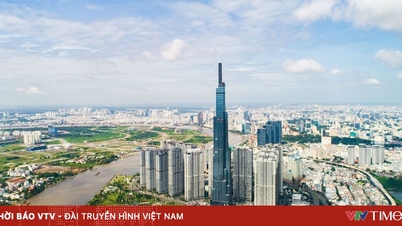
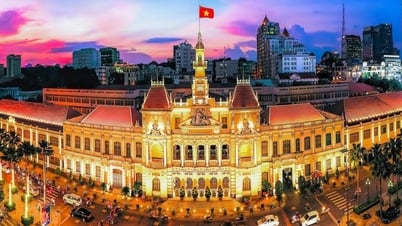
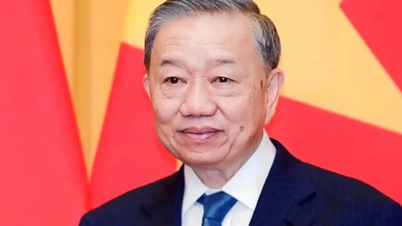
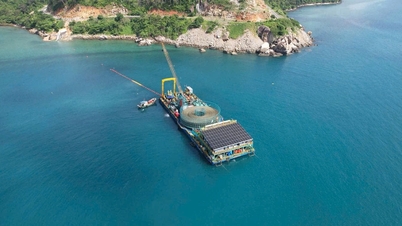
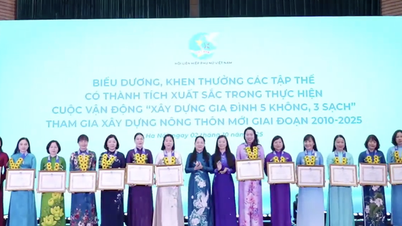

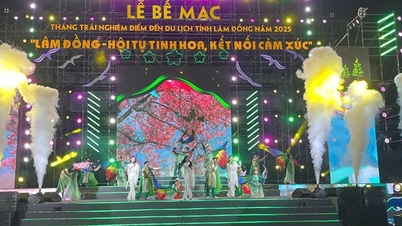


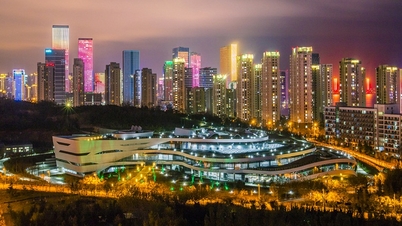


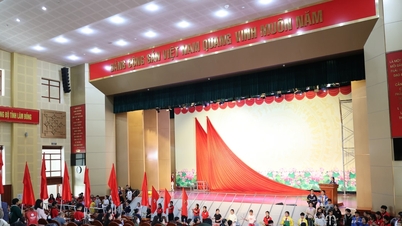

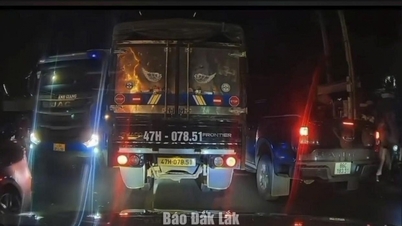

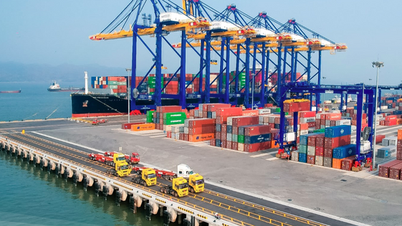
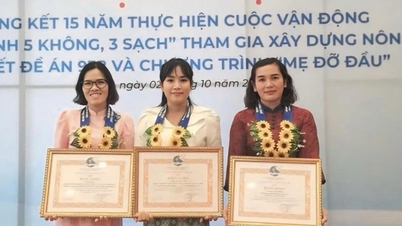
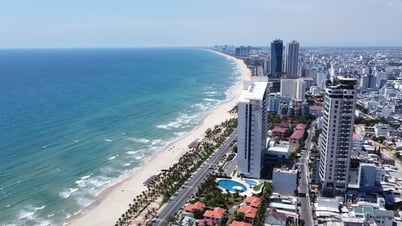

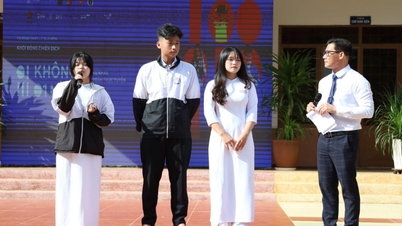












Comment (0)